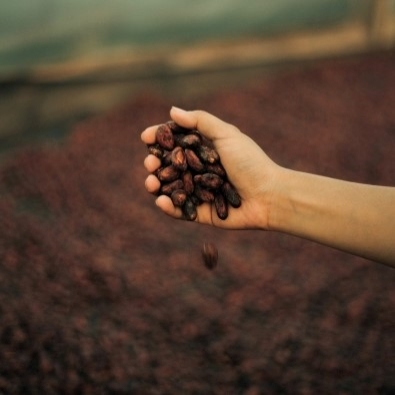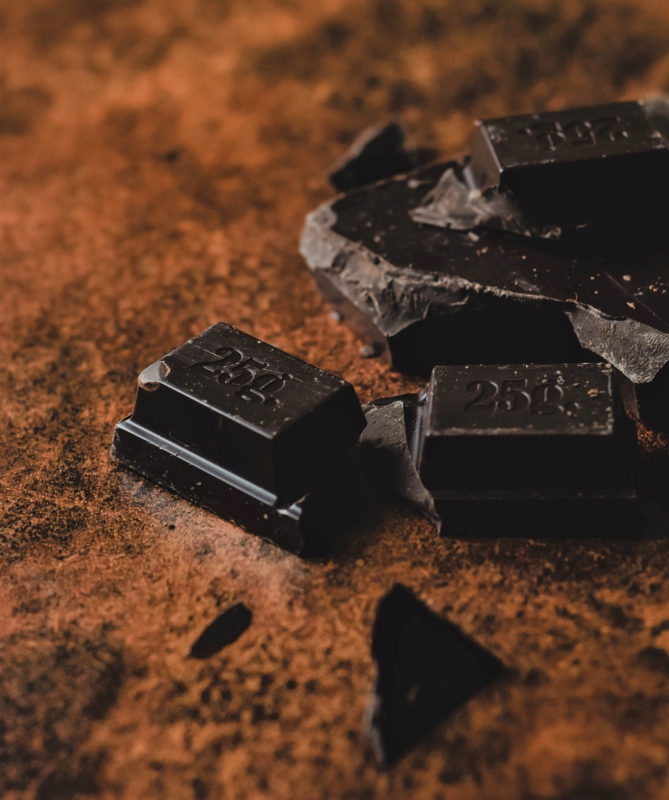Intensely roasted cocoa beans lead to less bitterness and enhances no-…
페이지 정보
본문
Bitter and astringent flavors in low-sugar cocoa confections can be manipulated by roasting cacao beans for longer and at higher temperatures, a Penn State study has found. The research finding is good news for confectionery manufacturers, who reportedly have limited options to influence the flavor of cacao beans aside from how they are roasted.

According to the researchers, roasting beans for 20 minutes at 340 degrees Fahrenheit (F), 80 minutes at 275 F, and 54 minutes at 304 F generated the most palatable unsweetened chocolate preparations.
However, raw cacao and cacao roasted for 11 minutes at 221 F or 55 minutes at 147 F were unacceptable to consumers.
Dark chocolate contains functional ingredients
“Our results show optimal roasting can adequately reduce bitterness,” says Helene Hopfer, researcher and professor of food science at the College of Agricultural Sciences. Hopfer’s study also confirmed that bitterness and astringency negatively affect consumer experience, and in the study were found to correlate with lower levels of “consumer liking.”

“Dark chocolate is particularly high in flavonoids, particularly a subtype called flavan-3-ols and their oligomers, which are all considered functional ingredients due to their associated health effects.”
She continues that more people nowadays consume darker chocolates with lower sugar content and higher cocoa content to cut back on sugar intake and take advantage of perceived health benefits.
In the past, weekly consumption of dark chocolate has been correlated with lower levels of heart disease. Additionally, the phenols found in cacao shells have been reported to have potential for fighting obesity-related issues.
The research was supported by a grant from the international Professional Manufacturing Confectioners Association and the US Department of Agriculture’s National Institute of Food and Agriculture.
100% chocolate, no-sugar preparations made palatable
In the study, Alan McClure, doctoral researcher and founder of Patric Chocolate and Patric Food & Beverage Development partnered with Hopfer and Penn State to gain insight on the characterization and acceptability of chocolate flavors.
To investigate this, a team of researchers had 145 participants taste-test 27 100% chocolate preparations made from cocoa beans roasted at different intensities and for varying lengths of time. The cocoa beans involved in the study were sourced from Madagascar, Ghana and Peru; they were harvested between 2018 and 2019.
The cocoa beans were roasted and ground before being converted into cocoa liquor, or pure cocoa mass made from cocoa butter and cocoa solids at McClure’s factory in Missouri, US. The samples were then shipped to Penn State where the researchers portioned out the chocolates for use in the experiment
“Our research was intended to learn about bitterness perception and the liking of chocolate made from cocoa roasted with a variety of roasting profiles to see if wide consumer acceptability of 100% chocolate is possible,” explains Hopfer.
The sampling period took place over five days, where participants evaluated an average of five preparations per day at Penn States’ Sensory Evaluation center in the Department of Food Sciences.
The findings of the study were published in Current Research in Food Science.
Edited by Olivia Nelson
(origin)Food Ingredients First
- 이전글Korean cuisine collaboration: CJ CheilJedang and StartLife partnership offers “gateway to Asian market” 22.03.04
- 다음글AI poses a real threat to food security, Cambridge University researchers warn 22.02.28
댓글목록
등록된 댓글이 없습니다.


